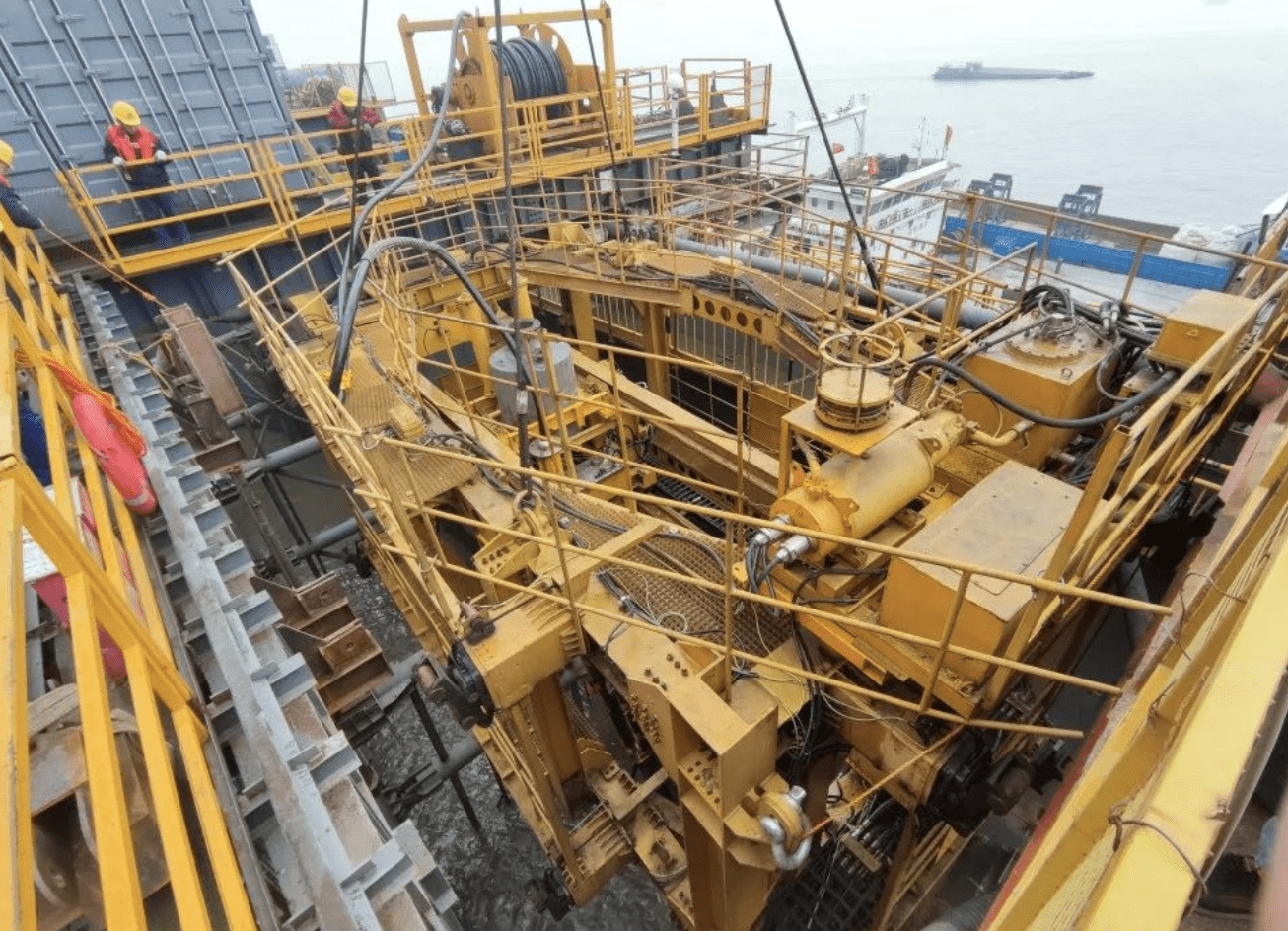Introduction
Pile foundations are a common foundation type in bridge engineering, serving as deep foundation solutions in areas with poor soil conditions by transferring loads to firmer soil layers or bedrock. This article provides a comprehensive guide to bridge pile foundation construction, covering preparation, drilling techniques, quality control, and troubleshooting.
1. Pre-Construction Preparation
-
Review Design Drawings – Familiarize yourself with structural requirements, material specifications, and site conditions. Conduct field surveys to identify obstacles (e.g., utility lines).
-
Understand Contract Terms – Clarify responsibilities and measurable work items (e.g., demolition, tree removal).
-
Site Logistics – Establish access roads, temporary utilities, and worker accommodations.
2. Construction Process
2.1 Drilling Equipment Selection
Common drilling rigs for highway projects include:
-
Rotary Drilling Rig (Rotary Digger) – Fast, eco-friendly, but costly. Suitable for clay, silt, sand, and soft rock.
-
Rotary Drill (Positive/Negative Circulation) – Reliable but slower; mud discharge may cause pollution.
-
Positive Circulation: Ideal for clay, sand, and gravel (<2 cm diameter).
-
Negative Circulation: Effective in cohesive soil and gravel (<⅔ drill pipe diameter).
-
-
Impact Drill – Slow, noisy, but effective in hard strata (e.g., boulder layers, bedrock).
2.2 Site Preparation
-
Leveling & Compaction – Use bulldozers to create a stable working platform.
-
Pile Positioning – Mark center points with cross-reference stakes for verification.
-
Guide Casing Installation – Steel casing (20 cm wider than pile diameter) ensures vertical alignment.
-
Burial Depth: ≥1 m below ground; top elevation 30 cm above surface.
-
Tolerance: Center deviation ≤50 mm; verticality ≤1%.
-
2.3 Drilling Mud Preparation
-
Mud Properties:
-
Density: 1.1–1.3 g/cm³
-
Viscosity: 16–22 s (standard); 19–28 s (unstable strata)
-
Sand content: ≤4%
-
-
Additives: Sodium carbonate (Na₂CO₃) enhances viscosity.
-
Recycling: Reuse purified mud; dispose of waste properly.
2.4 Reinforcement Cage Installation
-
Fabrication: Pre-assemble cages with welded hoops and spiral ties.
-
Protection: Install concrete spacers (4 blocks per 2 m interval).
-
Lifting: Use a 25-ton crane with 3-point suspension to prevent deformation.
-
Placement: Lower vertically; avoid collisions. Secure with hanging bars.
2.5 Concreting
-
First Pour (Sealing): Ensure ≥1 m initial embedment depth.
-
Continuous Pouring: Maintain 2–6 m tremie pipe embedment; measure slump (160–220 mm).
-
Final Elevation: Cast 0.5–1.0 m above design level for sound headcutting.
3. Quality Assurance & Defect Remediation
3.1 Common Issues & Solutions
| Problem | Cause | Solution |
|---|---|---|
| Hole Collapse | Weak casing support | Backfill clay; reinforce casing |
| Slurry Loss | Low mud density | Increase viscosity; add bentonite |
| Bored Deviation | Uneven strata or rig misalignment | Re-drill with corrective measures |
| Concrete Segregation | Leaky or groundwater influx | Replace the tremie pipe; use an anti-dispersive mix |
3.2 Post-Construction Testing
-
Core Sampling: Verify integrity after 28-day curing.
-
Ultrasonic Testing: Check homogeneity via pre-installed tubes.
4. Conclusion
Proper pile foundation construction ensures bridge stability. Key factors include equipment selection, strict process control, and proactive defect management. Adherence to these protocols minimizes risks and guarantees long-term structural performance.


